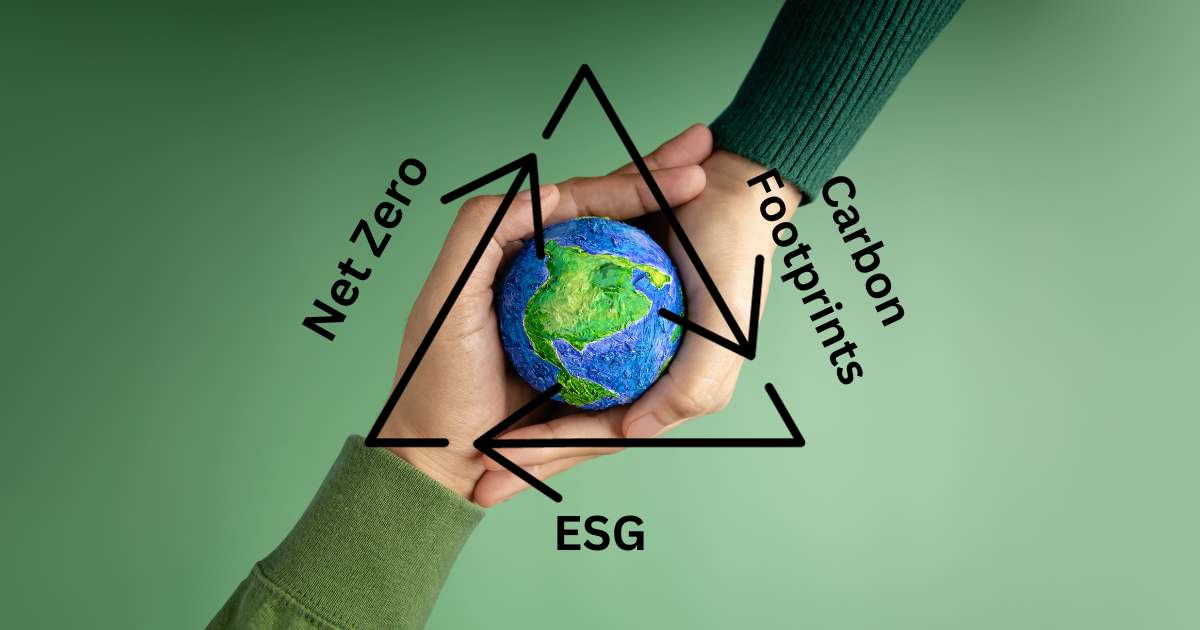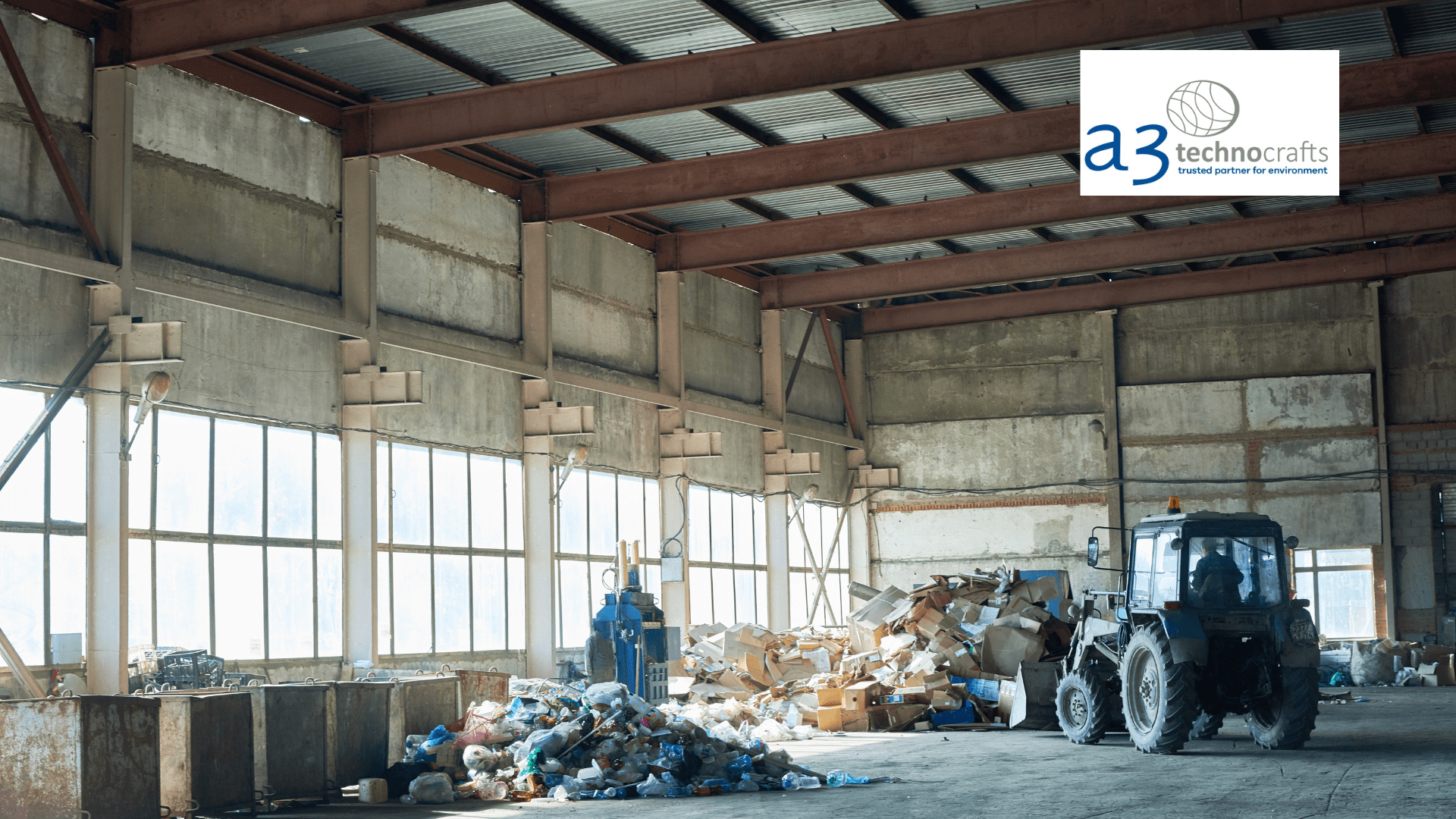In a world increasingly aware of the environmental challenges posed by climate change, individuals, businesses, and entire nations are taking active steps to address their carbon emissions and embrace sustainable practices. Key concepts in this journey include achieving net-zero emissions, the use of Environmental, Social, and Governance (ESG) criteria, and reducing one’s carbon footprint. This article explores these concepts and how they are interrelated, with a focus on the role of A3 Technocraft in helping organizations navigate toward sustainability.
Understanding Net Zero and ESG
Net zero refers to a state in which an entity, be it a company, organization, or country, has reached a balance between the greenhouse gas (GHG) emissions it produces and the GHG emissions it removes from the atmosphere. Achieving net zero entails a combination of emissions reductions and carbon offsetting, which involves investing in projects that either remove or reduce GHG emissions elsewhere.
On the other hand, ESG stands for Environmental, Social, and Governance. It is a framework used to evaluate a company’s sustainability and ethical practices. Investors, analysts, and various stakeholders utilize ESG criteria to assess a company’s performance in areas such as climate change, human rights, diversity and inclusion, and board diversity, among others. Companies that excel in ESG metrics are often considered more sustainable and responsible, making them appealing to investors who prioritize ESG factors.
The Interconnection of Net Zero and ESG
The concepts of net zero and ESG are closely related. Companies that prioritize ESG considerations are more likely to establish ambitious emissions reduction goals and invest in clean energy and other low-carbon technologies to meet these targets. This commitment contributes significantly to transforming the global economy into one that is more sustainable and resilient.
A3 Technocraft plays a vital role in helping organizations and businesses adopt these sustainable practices and align with net-zero goals and ESG standards. By providing expertise and solutions in the field of sustainability, A3 Technocraft assists in reducing carbon footprints and advancing responsible business practices.
Steps to Achieve Net Zero
Measure Emissions: The first step in achieving net zero is to accurately measure the emissions produced. This entails a comprehensive assessment of both direct and indirect emissions, such as those from energy consumption, transportation, and waste production.
Reduce Emissions: Once emissions are measured, companies and organizations can identify areas for emissions reduction. Strategies may include transitioning to clean energy sources, enhancing energy efficiency, and adopting sustainable transportation options.
Offset Emissions: For emissions that cannot be entirely eliminated, carbon offsetting initiatives can be pursued. These involve investing in projects like reforestation, renewable energy, and carbon capture technologies to compensate for the remaining emissions.
Engage Stakeholders: Engaging with stakeholders, including employees, customers, and the community, is crucial. It fosters a sense of collective responsibility and encourages sustainable behaviors and practices.
Set Targets and Report Progress: Establish clear targets and timelines for emissions reduction, and regularly report on the progress made. Transparency and accountability are key aspects of the net-zero journey.
Understanding Carbon Footprint
A carbon footprint quantifies the greenhouse gas emissions, including CO2 and other GHGs, produced as a result of human activities. This metric can be associated with individuals, businesses, or entire nations. When calculating a carbon footprint, various factors are considered, such as energy consumption, transportation, waste generation, and land use.
Reducing carbon footprints is essential for mitigating climate change and promoting sustainability. Several strategies can be employed to reduce carbon footprints, including:
Reducing Energy Consumption: Employing energy-efficient practices, such as using LED light bulbs and turning off electronic devices when not in use, helps reduce energy consumption.
Switching to Clean Energy: Transitioning to renewable energy sources, like solar and wind power, instead of fossil fuels, decreases carbon emissions.
Sustainable Transportation: Opting for public transportation, walking, biking, or electric vehicles instead of gasoline-powered cars contributes to lower carbon footprints.
Reducing Waste: Minimizing waste through reducing, reusing, and recycling materials lessens the amount of waste sent to landfills, thereby reducing GHG emissions.
Sustainable Land Use: Practices such as reforestation, regenerative agriculture, and conservation efforts capture carbon in soil and vegetation, enhancing sustainability.
How A3 Technocraft Can Help
A3 Technocraft plays a significant role in the reduction of carbon footprints and the journey toward sustainability. The company specializes in guiding organizations through the complexities of sustainability initiatives. They follow a systematic approach, as outlined below:
Scope Definition: Define the boundaries and time period for the analysis.
Emissions Identification: Identify all emissions sources, including direct and indirect emissions.
Data Collection: Gather data on energy consumption, transportation, waste generation, and other relevant activities.
Emissions Calculation: Calculate emissions using emissions factors to convert data into greenhouse gas emissions.
Analysis: Analyze the results to pinpoint major sources of emissions and identify opportunities for reduction.
Carbon Reduction Strategy: Develop a comprehensive carbon reduction strategy that includes specific targets, timelines, and actionable steps.
Monitoring and Reporting: Regularly monitor and report on progress toward carbon reduction targets, maintaining transparency and accountability.
A3 Technocraft’s commitment to sustainability aligns with the principles of net zero, ESG, and carbon footprint reduction. By offering guidance and solutions, they help organizations make meaningful progress in reducing their carbon emissions and advancing their sustainability initiatives. This not only benefits the environment but also positions businesses and entities as responsible leaders in the global effort to combat climate change and promote sustainable practices.
In conclusion, the journey towards net zero emissions, ESG compliance, and reduced carbon footprints is a pivotal one in the face of global climate challenges. A3 Technocraft plays a crucial role in guiding organizations on this path, ensuring a more sustainable and responsible future for all.







